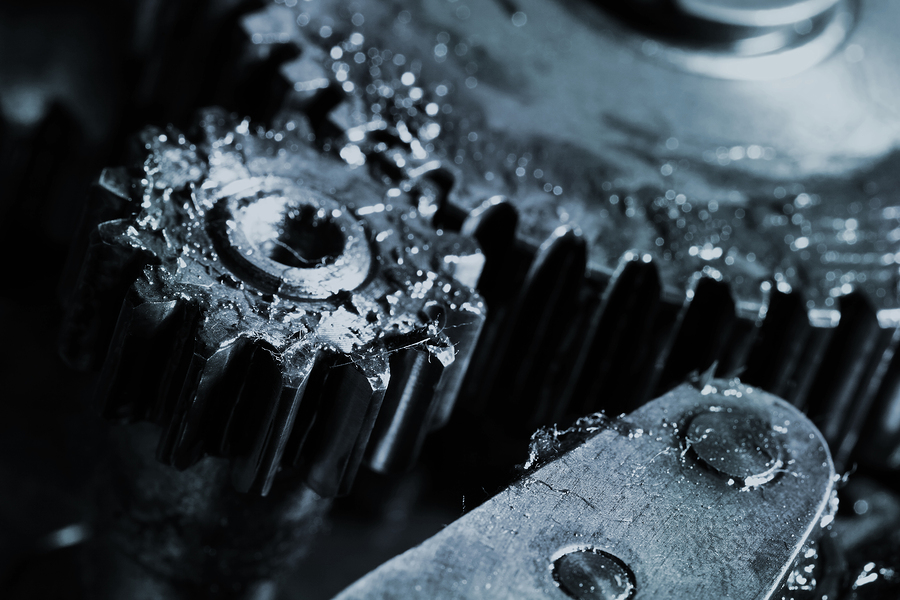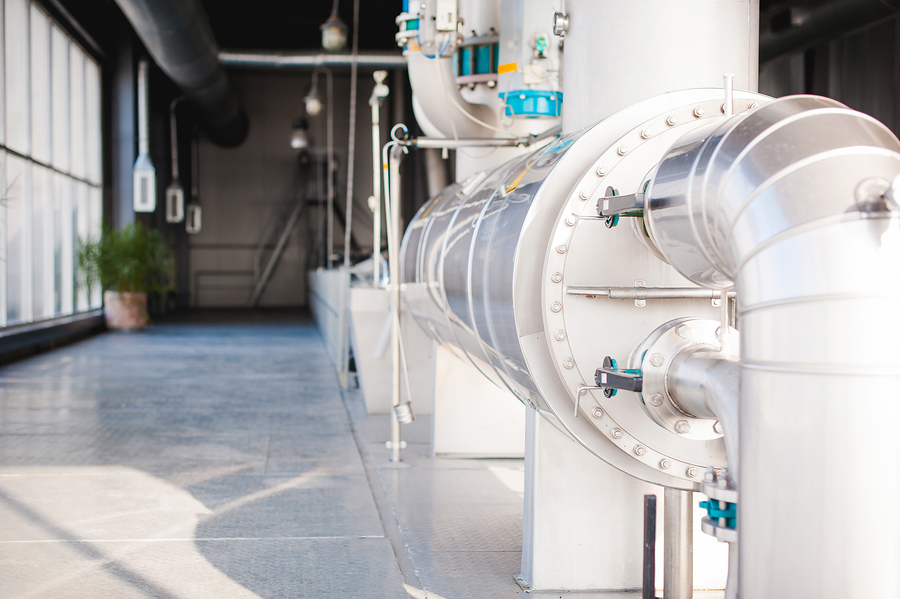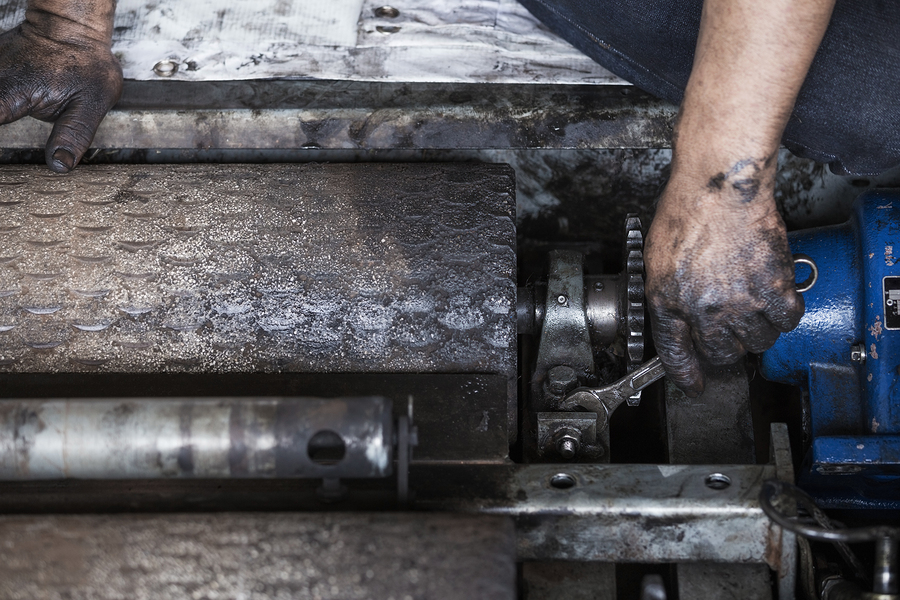Lubrication is generally a core concern of industrial maintenance techs, but just as critical can be degreasing. Oils and lubricants outside of a closed or controlled environment have the potential to do more harm than good. Degreasing machinery and removing buildups and residues bodes well for the function, integrity, and longevity of the equipment.
What is degreasing?
Degreasing is the process of removing unwanted residue from machinery via a solution specially formulated to break it down. Depending on the residue type present, different degreasing solutions work in different ways. Some of the most common types of matter targeted for degreasing include oil, lubricants, tar, wax, resin, and grease.
Degreasers are either water-based or solvent-based. Water-based degreasers contain detergents and inhibitors and work in environments where solvents are not appropriate. Conversely, solvent-based degreasers clean away a wider range of residues and are more versatile based on composition.

Why is degreasing important?
When used in the proper capacity, the benefits of a degreaser are exceptional for machinery. When made part of routine, basic maintenance, degreasing can result in:
- Cleaner machinery, capable of working at peak efficiency and capacity with fewer errors and setbacks caused by residue buildups.
- Lower levels of product contamination thanks to cleaner surface and tool exposure. This may also reduce quality control issues.
- Easier inspection capabilities, with better compliance as the result of a more thorough inspection by a qualified tech.
- Reduced safety hazards, such as fire, electrical conductivity, slippage, or chemical exposure.
- Better machine longevity as the result of better upkeep and more reliable maintenance care.
- A reduction in overall wear by eliminating surface grime that may attract particles or cause friction during equipment operation.
Degreasing serves the multifaceted purpose of keeping machinery clean, improving function, extending lifespan, and optimizing efficiency. It’s one of the simplest maintenance tasks and offers tremendous return on a small investment in time and the cost of an appropriate degreaser.
When should you degrease?
Degreasing for every machine will be different and wholly dependent on the rigors of its use. Some machinery, such as construction equipment, will likely need degreasing more frequently simply due to the nature of its environment. Conversely, machinery with sealed lubrication environments may not require degreasing as often. Degreasing should be part of general annual maintenance or done as mandated by equipment manufacturer standards.

Examine your machinery
Often, a simple cursory inspection of machinery is enough to tell if it needs degreasing. Residues and buildups are easily seen and felt. If possible, identify the nature of the residue to understand which degreaser type is best equipped to remove it, then plan to properly degrease the machine.
Thoroughness is key in degreasing, but so are care and forethought to regulatory compliance. Depending on your industry, regulations may dictate certain procedures or practices to ensure the safety and integrity of equipment, facilities, and products. Often, sector-specific degreasers are the best solution.
With proper degreasing comes the benefit of better machinery performance and operation. It’s a simple maintenance item with major compounding benefits.
